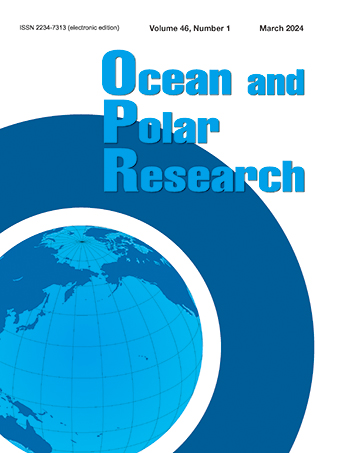Article
Abstract
References
Information
Alvizo O, Nguyen LJ, Savile CK, Bresson JA, Lakhapatri SL, Solis EOP, Fox RJ, Broering JM, Benoit MR, Zimmerman SA, Novick SJ, Liang J, Lalonde JJ (2014) Directed evolution of an ultrastable carbonic anhydrase for highly efficient carbon capture from flue gas. Proc Natl Acad Sci USA 111(46):16436-16441
10.1073/pnas.141146111125368146PMC4246266
IPCC (2014) Summary for policymakers. In: Field CB, Barros VR, Dokken DJ, Mach KJ, Mastrandrea MD, Bilir TE, Chatterjee M, Ebi KL, Estrada YO, Genova RC, Girma B, Kissel ES, Levy AN, MacCracken S, Mastrandrea PR, White LL (eds) Climate change 2014: Impacts, adaptation, and vulnerability. Cambridge University Press, Cambridge and New York, pp 1-32
Wang X, Wang M, Jia Z, Qiu L, Wang L, Zhang A, Song L (2017) A Carbonic anhydrase serves as an important acid-base regulator in Pacific oyster Crassostrea gigas exposed to elevated CO2: implication for physiological responses of mollusk to ocean acidification. J Mar Biotechnol 19(1):22-35
10.1007/s10126-017-9734-z28204970
- Publisher :Korea Institute of Ocean Science and Technology
- Publisher(Ko) :한국해양과학기술원
- Journal Title :Ocean and Polar Research
- Journal Title(Ko) :Ocean and Polar Research
- Volume : 44
- No :3
- Pages :209-220
- Received Date : 2021-11-16
- Revised Date : 2021-12-03
- Accepted Date : 2021-12-07
- DOI :https://doi.org/10.4217/OPR.2022015




 Ocean and Polar Research
Ocean and Polar Research








